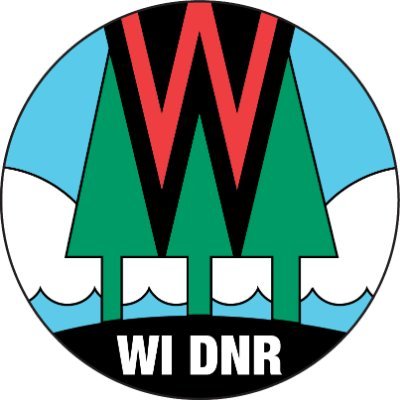New Baiting And Feeding Bans For Washburn, Barron, Rusk And Sawyer Counties Effective Oct. 5
MADISON, Wis. – The Wisconsin Department of Natural Resources (DNR) was recently notified by the Wisconsin Department of Agriculture, Trade and Consumer Protection (DATCP) that a farm-raised deer on a deer farm in Washburn County tested positive for chronic wasting disease (CWD). This positive result is within 10 miles of the Barron, Rusk and Sawyer county borders, so new baiting and feeding bans will go into effect in Washburn, Barron, Rusk and Sawyer counties on Oct. 5, 2023.
State law requires that the DNR enact a three-year baiting and feeding ban in counties where CWD has been detected and a two-year ban in adjoining counties within 10 miles of a CWD detection.
- Washburn will begin a three-year baiting and feeding ban on Oct. 5, 2023.
- Barron, Rusk and Sawyer counties will all begin a two-year baiting and feeding ban on Oct. 5, 2023.
It is illegal to hunt over an area previously used for legal baiting and feeding until that area is completely free of bait or feed for 10 consecutive days.
More information regarding baiting and feeding regulations is available on the DNR webpage.
The DNR asks deer hunters in Washburn, Barron, Rusk and Sawyer counties to help with efforts to identify where CWD occurs on the landscape by having their deer tested for the disease. The collection of CWD samples is essential for assessing the presence of CWD in the deer population across the state.
In addition to submitting samples for CWD testing, hunters are also encouraged to properly dispose of deer carcass waste by locating a designated dumpster, transfer station or landfill location near you on the DNR website. Proper carcass disposal helps slow the spread of CWD by removing potentially infected deer carcasses from the landscape.
A map of CWD sampling and carcass disposal locations is available on the DNR website.
CWD is a fatal, infectious nervous system disease of deer, moose, elk and reindeer/caribou. It belongs to the family of diseases known as transmissible spongiform encephalopathies (TSEs) or prion diseases. The Wisconsin DNR began monitoring the state’s wild white-tailed deer population for CWD in 1999. The first positives were found in 2002.
More general information about CWD can be found on the DNR’s CWD webpage.
NOTE: This press release was submitted to Urban Milwaukee and was not written by an Urban Milwaukee writer. While it is believed to be reliable, Urban Milwaukee does not guarantee its accuracy or completeness.




















